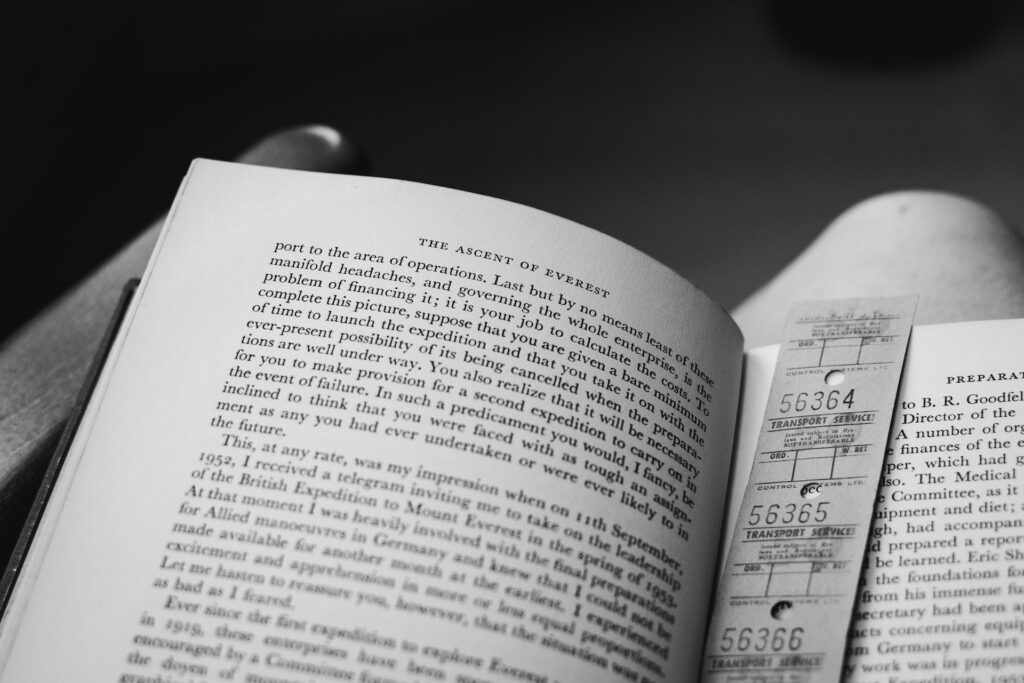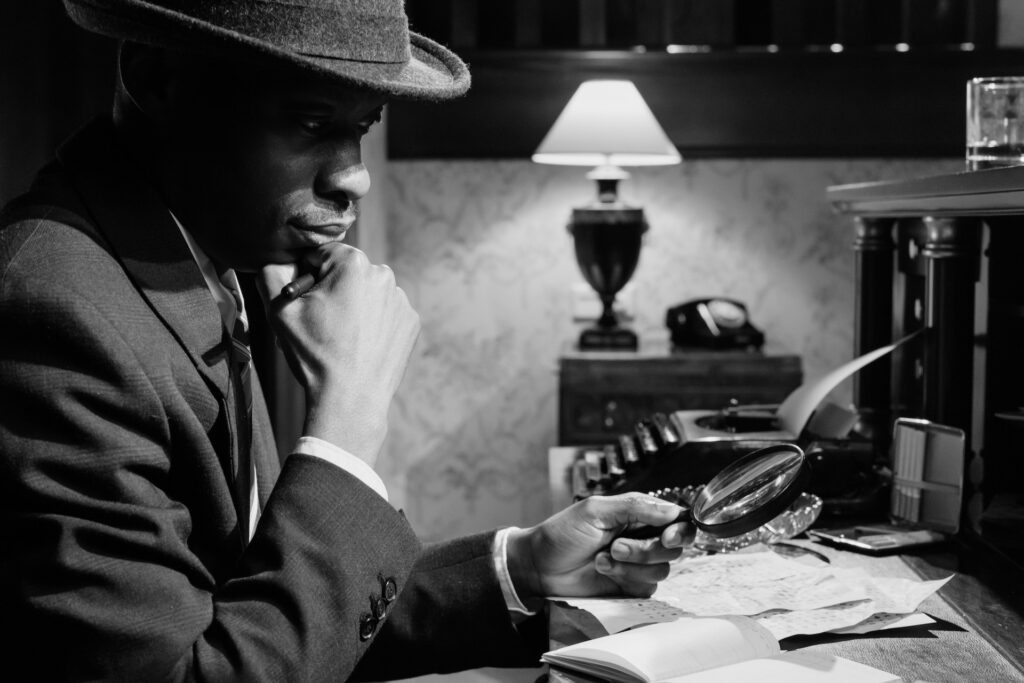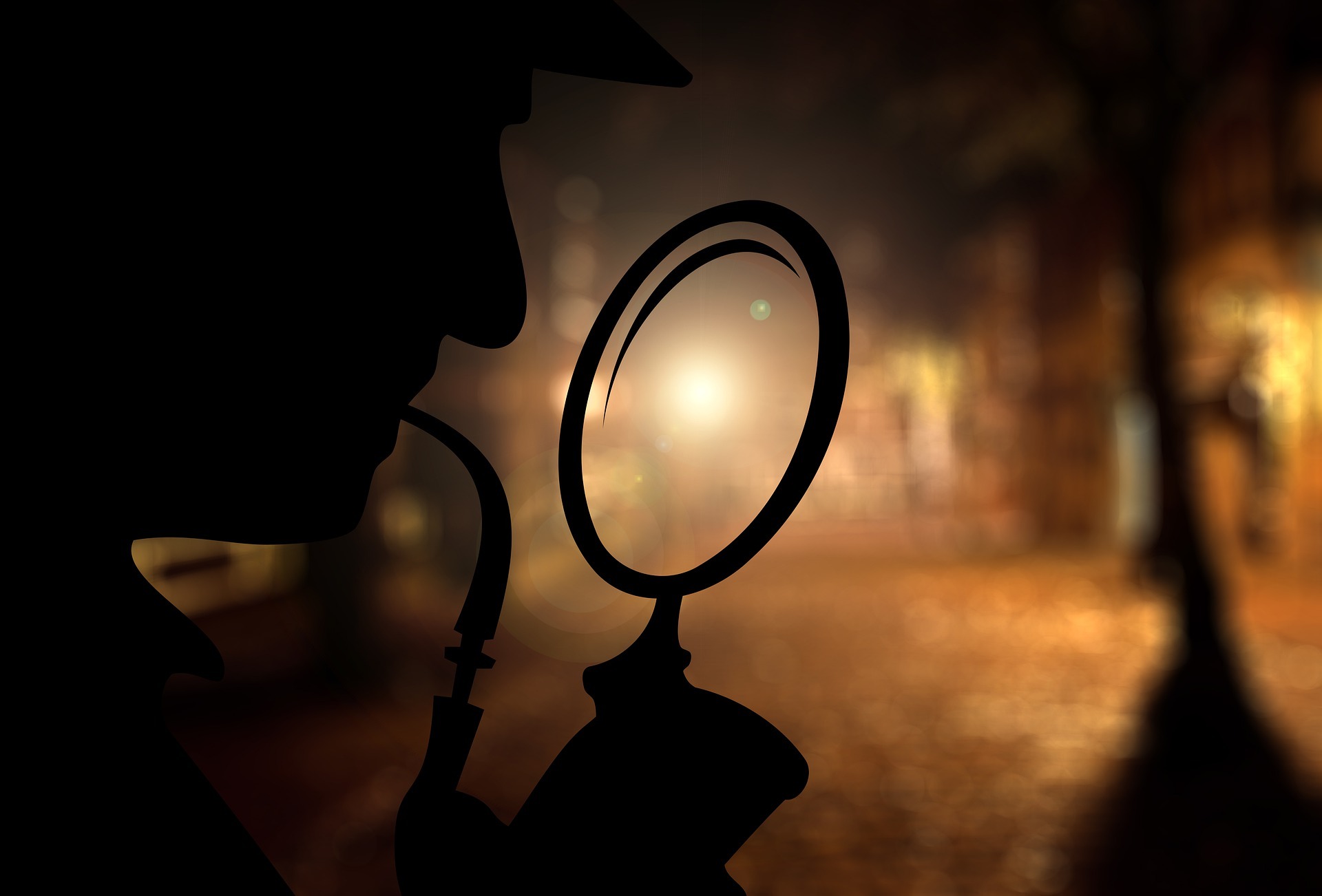Want to Write a Good Mystery? Here Are Some Clues for You!
Do you want to learn how to write mysteries? Let’s take a look on how you could approach writing mystery stories.
As one of the most popular genres in fiction, it’s worth knowing a thing or two about how you could approach writing mystery stories. I also feel they’ve risen to new heights thanks to the growing interest in tales of true crime showcased in podcasts, on TV, and through streaming services like Netflix. People like a good puzzle and want to figure it out, whether on their own or by someone else, to learn how it all went down. So if trying to stump readers and lead them on a merry chase appeals to you, then let’s get into the makings of a mystery and how to write mysteries!
How to Write Mysteries

Before you dive into your outline, it’s important to understand the distinction between writing a mystery and a thriller since they’re easily confused. Both involve intrigue from some unsolved crime or question.
But with a thriller, said problem often incites an impending tragic or catastrophic event, like a murder or a human-made disaster that the hero needs to prevent. They’re intense due to the fast pace and ongoing action leading to a showdown. If that sounds like what you have in mind, then you want to write a thriller, my friend.
Meanwhile, a mystery builds its tension through slow, methodical pacing with the odd bits of action to keep things lively. The central puzzle keeps the readers going, challenging them to find the solution before you inevitably reveal it, hopefully providing satisfaction one way or the other.
What’s more, these stories are told from a first-person perspective, making them more personal and involving the reader more directly in the plot. Within mystery, you have several ways to approach your story, like classic noir-style, procedural cop drama, or cozy in a small town, for example.
Tension Keeps Them Hooked

A cornerstone of the mystery genre is tension. You’ll keep readers engaged by setting up a complex, exciting puzzle. The closer your character gets to a possible solution or uncovering more clues and questions, the higher the stakes and the higher the tension.
While stakes are essential in any book, they’re vital to the success of your mystery story. While you don’t need to incite your protagonist’s quest with a high-profile murder or crime, the problem still must be a big deal for the tension to remain high.
So, one of the first questions you’ll want to ask yourself is, “what is the mystery, and why does it matter?” From there, you can brainstorm outwards to find out who and what is affected, to build multiple threads for your readers to follow, keeping them guessing.
Each Page is a Piece of the Puzzle

The other vital component to any mystery is a good puzzle, but it’s also the hardest bit to get right. You want it to be difficult enough that readers stay engaged but not so hard as to frustrate them. Or too easy that they don’t even bother reading the rest of your book!
Like I said before, while you’re challenging them to try and solve your mystery, it needs to result in a satisfying conclusion, confirming that your reader was correct or illustrating an exciting series of reasons why they were wrong.
That means you’ll need to invest time into carefully planning and outlining your story. A mystery novel is bound to fall flat if you try to wing it. One tried and true technique is to write backward.
So, devise your solution and the plausible conclusion to your story, then work your way to the beginning, filling in the steps and building your roster of believable suspects and measures towards the solution.
The 5 Key Elements of a Great Young Adult Novel
Actionable Building Blocks to Set You on the Path to Success

What Makes it a Challenge?

When you’re building out your puzzle and the protagonist’s journey along the way, you’ll need to have significant obstacles that stand in the way. You have some options when it comes to crafting these obstacles.
Sometimes they’ll be pretty clear, straightforward physical barriers: hired muscle, locked doors, the hero’s budget, etc. Other times they will appear as more indirect means of misdirection known as red herrings.
The red herring is your friend when writing mysteries. If you’re unfamiliar, it’s a philosophical concept of arguing wherein someone provides a very plausible, false lead. With appropriate use, you can throw your readers off the scent, so they don’t figure out your mystery too soon.
But you can’t rely on them too much or use them too soon. While you want your puzzles to be challenging, you don’t want them confusing. Readers should be surprised when you reveal the facts instead of feeling like they missed a crucial bit of information.
Take It Slow

Keep in mind that mysteries are a slow burn. After dropping them into the action with the inciting incident and getting them hooked, you want to drip-feed details so that your audience isn’t solving the problem within the first fifty pages.
Thankfully, the first-person perspective lends itself well to this sort of pacing. As any good detective should, you’ll have your hero analyzing every aspect of their case. By sticking to the adage, “show, don’t tell,” you can provide a rich tapestry for the five senses and feed information to the reader that will build out the world.
It’s your opportunity to create a fully fleshed-out cast of characters for readers to “question” in their minds as they try to determine who could be the culprit. You want to allow your hero (and readers) a moment to consider what they’re learning along the way.
The Who and the Where

In first-person, you’ll have to think creatively about how you introduce your main character and setting since people don’t go around consciously describing themselves or their surroundings to themselves.
To help with this, determine why this mystery is important to them. What’s on the line for this particular sleuth? Building on that, you’ll be able to find out what makes them unique from other detectives in the genre and write better stakes.
Similarly, what makes the setting necessary to your mystery? You can create some of your best obstacles through the location or period of your story. In many cases, it almost becomes a character of its own. The atmosphere is so important in a mystery, so make it distinct and tangible.
How Would You Do It?

If you’re going to create a mystery that needs to be solved, you need to know how to commit it. Get to know your antagonist and the crime. What drives them? If you write a foil with clear goals, then the why of the offense will fall into place nicely, along with the possible obstacles.
Put in the research of all the locations, the potential law procedures, and other vital aspects. You more or less want to be ready to commit the crime yourself (but don’t, obviously!) As I said, if you wing your plot threads, then there will likely be a few holes.
So instead, do your best to get away with it, which will help you put together all the elements of a great caper and discover the challenges your hero investigator will present the antagonist with throughout the story.
The mystery novel is a staple of fiction and a thoroughly enjoyable way to approach writing. If you like the idea of challenging your readers with puzzles while entertaining them, then this is the genre for you. Spend some time reading about other detectives like Sherlock Holmes, Miss Marple, or Nancy Drew to fuel your creativity, then dive into researching a near-perfect crime.
If you need help getting started with how to write mysteries and structuring your story, I’ve got a great masterclass for you; if I do say so myself. I’m always open to questions and comments, so please email me at jsims@jairesims.com or find me on social media. I hope this helped answer the question how to write mysteries!







